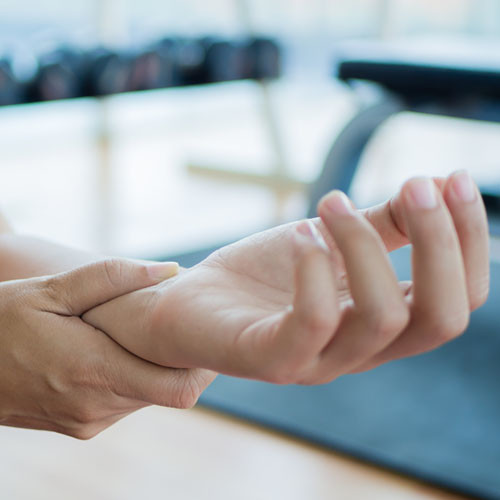Carpal Tunnel Release
Carpal tunnel release is a surgery performed to treat carpal tunnel syndrome. It aims to relieve symptoms by decreasing pressure on the median nerve.
The median nerve provides nerve signals to the thumb and sensation to the palm side of the thumb and some fingers. If the passage housing the nerve becomes inflamed due to illness, injury, or scarring, it may result in pain and numbness in the hand.
